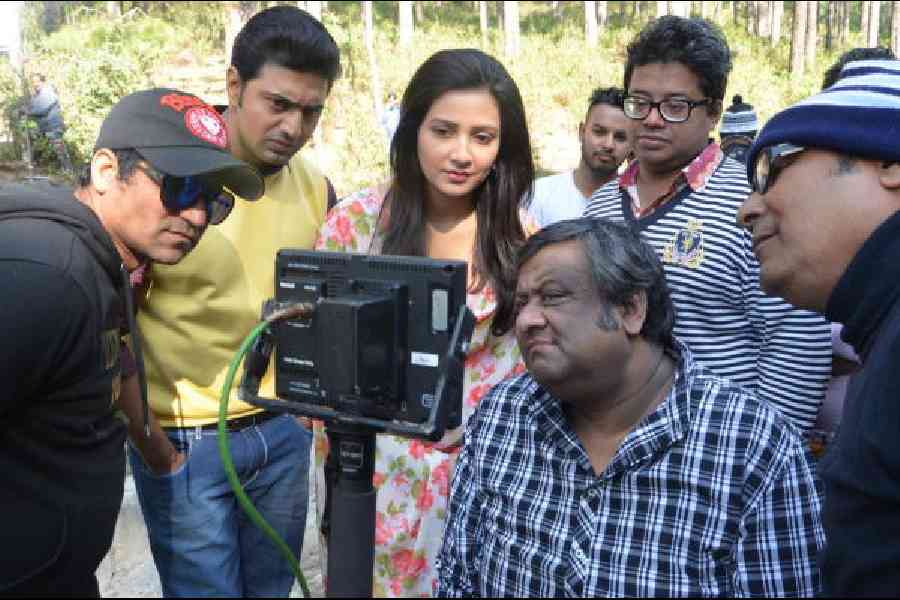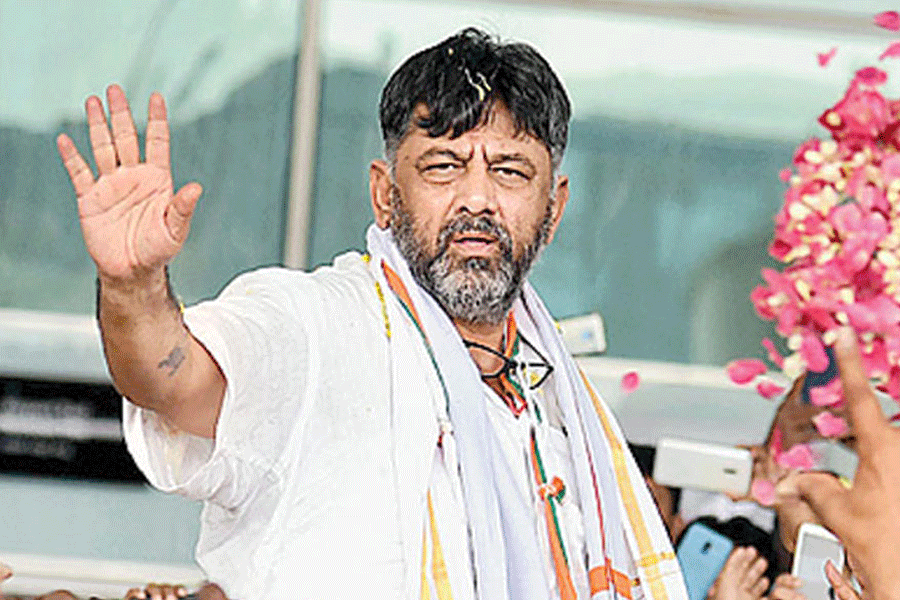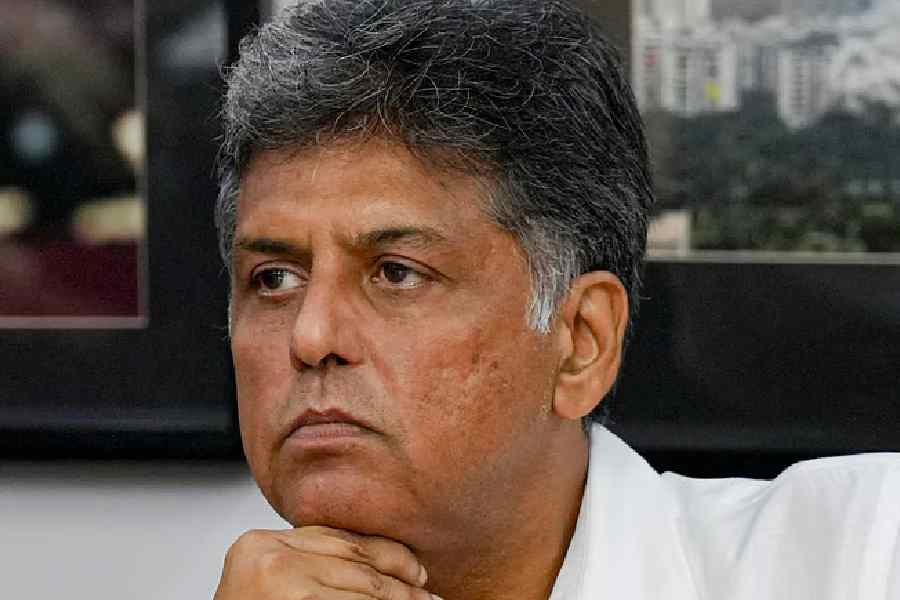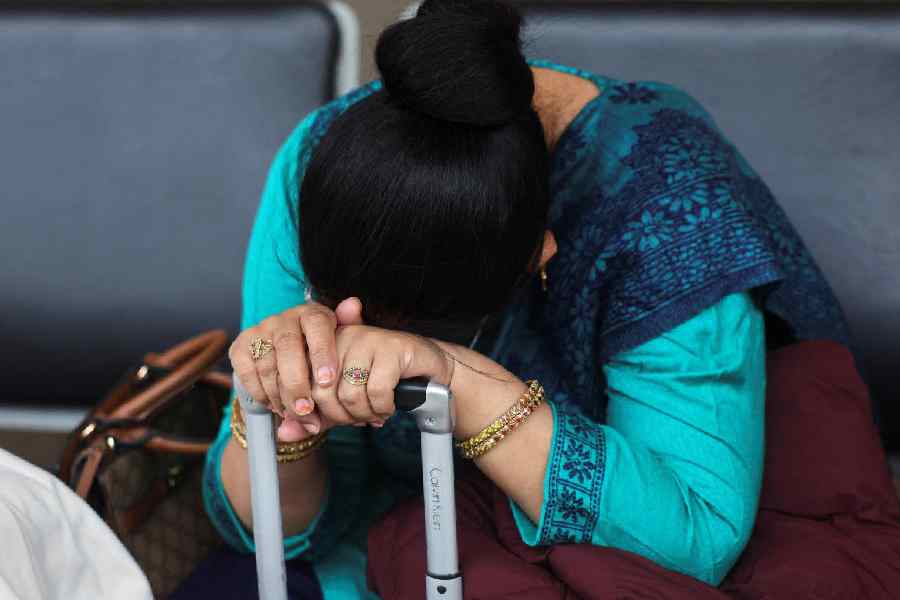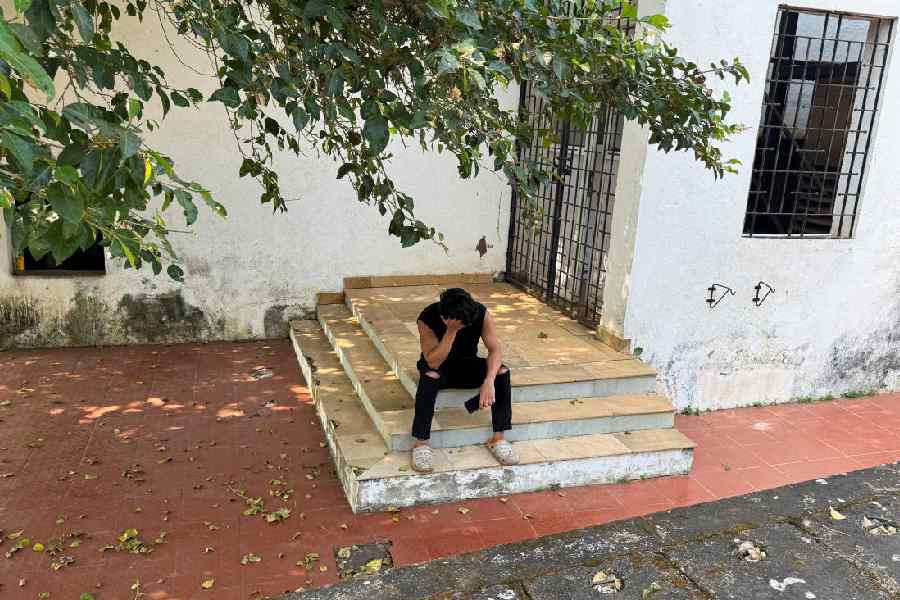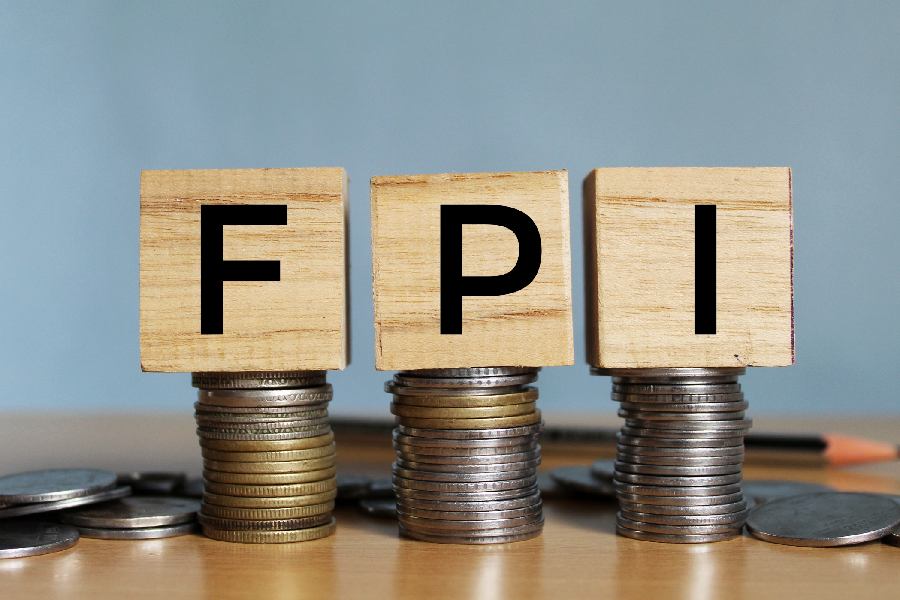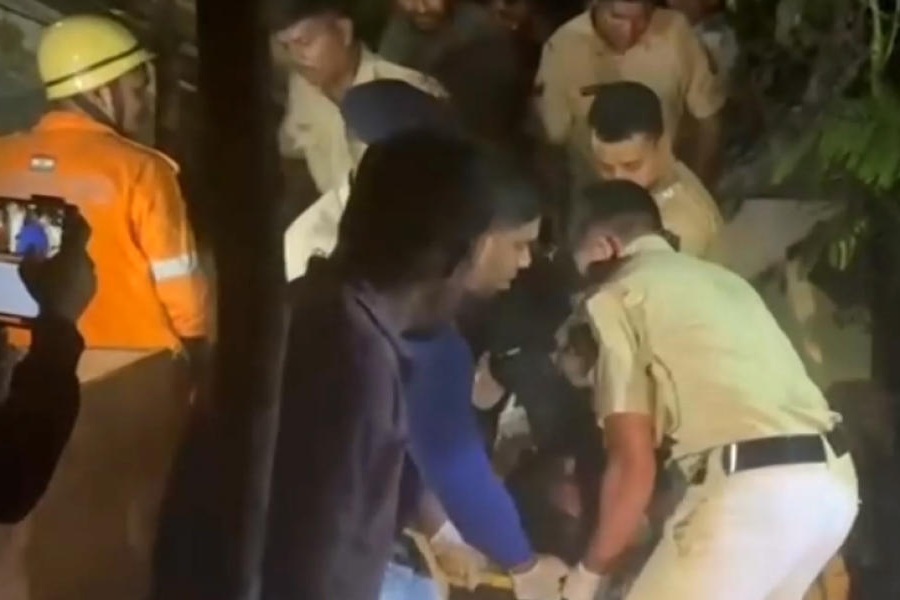From the poignant making of a film like Cinemawala to Dhumketu’s commercial triumph, filmmaker Kaushik Ganguly completes a full circle in the industry as a storyteller. Dhumketu is his 33rd film, reuniting the beloved duo of Dev and Subhashree Ganguly for their sixth collaboration on screen after a decade. The film weaves a tale of friendship, love, and separation, interlaced with themes of revenge and resistance. A t2 chat with Ganguly...
Dhumketu has achieved unprecedented box-office success. Has Kaushik Ganguly managed to decode the formula for box-office success?
No filmmaker can truly decode it. Success is accidental. My subsequent films, like Drishtikone, Nagarkirtan, Kaberi Antardhan, and Ajogyo were major hits and blockbusters, yet that does not imply I know the formula. We attempt to predict what viewers might enjoy. My intention is not to create a film to showcase my filmmaking expertise, but rather to entertain the audience. Sometimes the predictions work, and at other times they don’t. I have never personally disclosed how much revenue my film generates. I do not wish to be a filmmaker who is perpetually announcing his financial achievements. That responsibility lies with the producer. We have certain contractual obligations to share specific posts but my primary focus is on the creative aspect.
But it must be a proud moment to experience this milestone...
Any day. My 33rd film has set a commercial record. Despite being successful as a filmmaker, no one seems to link commercial triumphs with Kaushik Ganguly. It is definitely a good feeling to be able to contribute to the history of Bangla cinema. It will require considerable time to surpass this record, as I understand that attaining this level of commercial success is not easy. The success of Dhumketu is not about the financial aspect but rather the fact that it was not released during Puja or Christmas. It was released in August, a period typically considered dry for films. Thus, the significance of this success is much greater.
At a time when content reigns supreme, Dhumketu has reminded us of the power of star pairing...
Certainly! The remarkable figures achieved would not have been possible without Dev-Subhashree fans. My audience was also eager to see the film as I am releasing a film after one-and-a-half years. Meanwhile, Dev-Subhashree’s fans have been waiting for a decade. Nearly 300 shows were fully booked every day across Bengal, and not all attendees were fans. These numbers also reflect those who appreciate Bengali cinema and enjoy watching it in theatres. The film managed to evoke an emotional anticipation in them, too. Even if we produce another film with Dev-Subhashree following this, it will not be comparable. Dev’s fans witnessed his finest performance on screen in Dhumketu.
You made Prosenjit-Rituparna’s 50th film, Dev-Subhashree’s return as a pair after a decade. Is the much-awaited pairing of Jeet and Koel Mallick on your upcoming list?
In terms of seniority or sustenance, nothing compares to the enduring partnership of Prosenjit-Rituparna, as achieving 50 films together is no small feat. Conversely, #DeSu creating such a fan base with just five films together is also a remarkable accomplishment. Jeet is a gentleman and one of my favourites. Koel is also a favourite and is known as our ‘Tolly Queen’. Should they ever wish to work with me on a film, I would be honoured to do so.
Did it require significant persuasion from your side for Dev or Subhashree to appear in this film?
Not in the least. A compelling story was presented to them. At that time, they were likely contemplating a different direction in their acting careers. This was evident as Dev had done Buno Haansh back then. Consequently, they were also cultivating a different appreciation for Bengali cinema as performers. Therefore, when they were approached, they agreed. They placed their trust in me as a filmmaker, and we are fortunate that they consented. Otherwise, we would not be experiencing what we are witnessing today.
The film was promoted as a comeback vehicle for Dev-Subhashree; however, viewers also talked about Dev and Rudranil Ghosh’s friendship depicted in the film…
This is not unique to this film. For instance, in Aranyer Din Ratri, we see Soumitra Chatterjee, Subhendu Chattopadhyay, alongside Sharmila Tagore and Kaberi Bose. Audiences would exit the theatres discussing Rabi Ghosh. Rudranil’s performance in this film exemplifies the heights a supporting actor can elevate a film to. This was inevitable. He did not fabricate anything on his own; his character was crafted in such a way that he was required to portray it accordingly. Nevertheless, his execution was so true to the script that he instilled a genuine empathy in the audience for Dev and Subhashree’s characters on screen. The audience’s belief in their suffering would not have been possible without Rudranil’s exceptional performance.
Tell us about the process of putting on the prosthetic make-up on Dev...
Vikram Gaikwad unfortunately couldn’t witness this success. At that time, Somnath (Kundu) was Dev’s personal make-up artist and travelled with us to Bombay. Somnath was completely captivated by the process, dedicating himself to researching and mastering it to such an extent that he has now become the pride of Calcutta in this field. Nowadays, filmmakers no longer need to travel to Bombay for prosthetic work; they turn to Somnath instead. However, this journey began with Dhumketu. We would start around 2.30am or 3am. Dev would have boiled rice and sit for make-up and it would continue till 8am... and he would walk straight to the set from there. He would survive on juice throughout the day. It is a very painful process. The make-up was costly and it could not be reused the next day. We couldn’t afford to change the mask after every seven or eight hours as recommended. We had to carefully shoot with it in a way that it would last till eight or nine in the evening. Dev’s face was suffocating under that layer of gum and prosthesis throughout the day. Those who have done prosthetics would know the psychological pressure of carrying it. Dev worked tremendously hard; otherwise, achieving that body language would not have been possible.
Did the actors voice any insecurity regarding the film’s release now, considering their professional transformations over the years...
Not to me. In an interview, Subhashree mentioned that this was shot a long time ago and that she has since matured as an actress. There is certainly no doubt about that. Yet, as Subhashree observes herself on screen now, I am sure she realises that while the design of the jewellery may evolve, its quality as 24k gold remains unchanged. Dhumketu serves as evidence that she was indeed 24k as an actress even back then.
Did you not feel the urge to alter anything?
Not a single frame of this film. Many of my films evoke such feelings, but not this. Perhaps I might have approached a few shots differently, but not changed the narrative. This film, likely, would not have achieved the same level of success had we released it a decade ago. Over these 10 years, the audience has also evolved. They have embraced Subhashree, from her roles in Parineeta and Babli to Grihapravesh. Dev was similarly embraced by audiences in films ranging from Buno Haansh to Projapati and Tonic. Thus, a decade later, both Dev and Subhashree are ideally suited for today’s evolved audience in my film. While some may miss the Dev they saw in Paglu, the majority of the audience has evolved, which has greatly benefited this film.
Was the unfinished ending a strategic commercial decision?
It was indeed predetermined to keep the narrative incomplete, but not as a commercial strategy at all. Just like a part of Ardhangini was left to be told. It is up to my producer and the lead actors to determine if they are interested in pursuing Dhumketu 2. If they reach out to me, I will extract the remaining part of the story that’s with me and revise it.
It must feel like a full circle for you to create a film like Cinemawala that spoke about the plight of single-screen owners and to make a film that gave them housefull shows…
This aspect has evoked the most emotion in me throughout this entire journey of Dhumketu. Prachi, Bijoli, Basusree… halls that saw fewer visitors… were filled to capacity... it is an unparalleled joy for a director. Dhumketu is the first film to benefit from the decision of having prime-time shows. Furthermore, exhibitors provided us with over 500 shows. Dhumketu was my reward for making Cinemawala. Success cannot be predicted, but I am hopeful that upcoming directors may one day break this record. I may not be around to witness it, but I have complete faith in the younger generation to accomplish this.

